Personal Introduction: A “post-90s” TCM practitioner in their forties, with a Master’s degree in Traditional Chinese Medicine, a licensed TCM physician, ten years of experience in a tertiary hospital, and ten years of independent practice in the community. I adhere to classical TCM principles, with the life goal of making TCM understandable to the public and strengthening the Chinese nation through TCM.
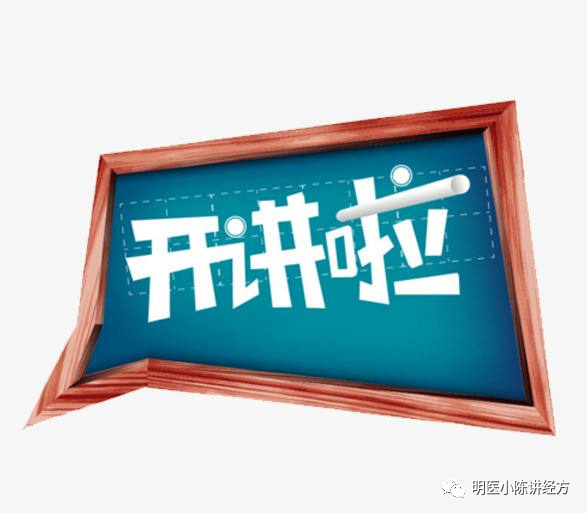
Hello everyone, we continue our discussion on pulse patterns from the “Shang Han Lun” (Treatise on Cold Damage).
How do we understand the “slippery pulse” (hua mai)?
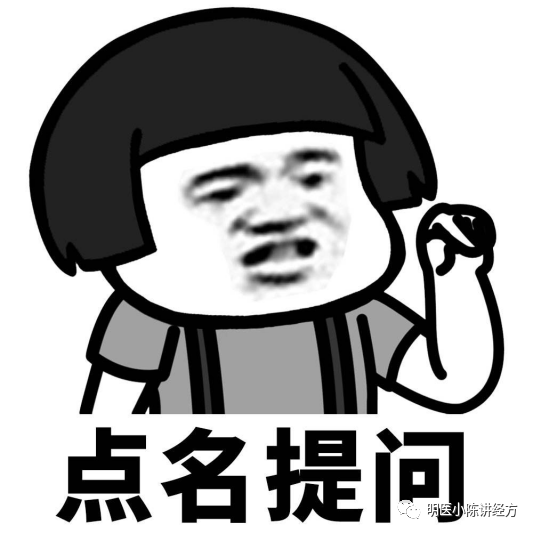
It feels primarily “smooth and slippery”, right?
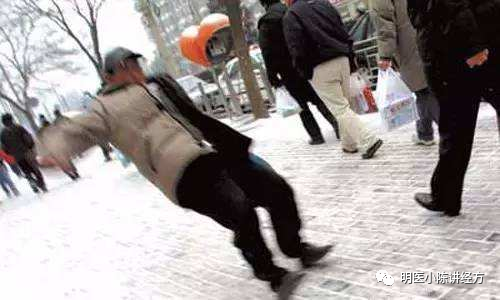
Raise your hand if you agree.

Now let’s continue, how do you understand the string-like pulse (xian mai)?
First, who knows the strength of a normal guitar string?
There is no need to study the tight pulse; we can equate the tight pulse with the string-like pulse.
This is our school’s understanding; do not get caught up in textbooks, everything is for practical application.
The slippery pulse and string-like pulse refer to “pulse shape”; do not associate them with pulse position or pulse force, etc.
The “shape” of the slippery pulse does not refer to “smooth” or like “beads”.
Rather, the pulse’s beating is primarily “up and down”, with a rhythmic thumping.
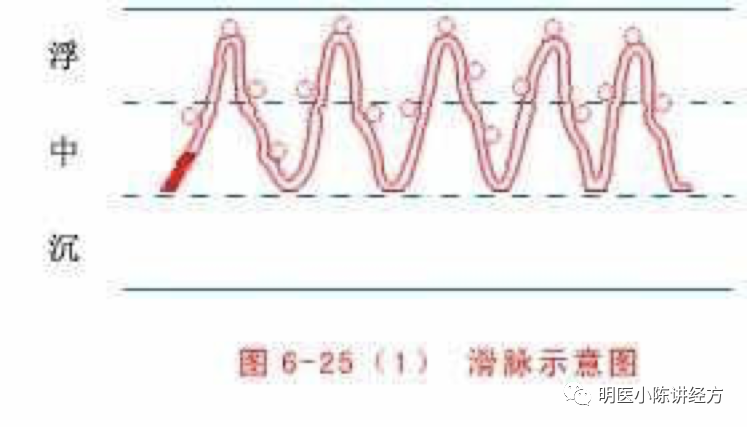
Do not look at the left side’s floating and sinking; the pulse shape is like this, primarily up and down. Can you understand?
We can compare it with the string-like pulse.

This feels like pulling a rope at both ends.
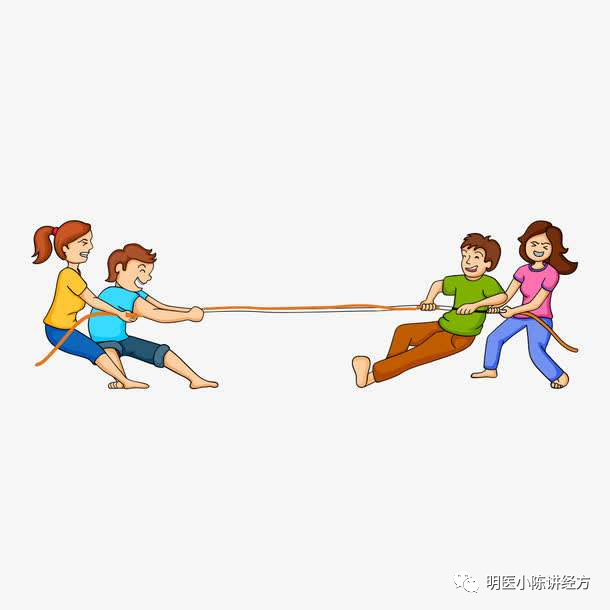
The taut feeling, the pulse shape is consistent with the direction of the pulse, which is “horizontal”.
Can everyone understand?
You can experience this; try it with people around you, and you will definitely be able to feel it.
I will explain further.
“Slippery“ pulse is actually like blowing up a balloon, the heat in the pulse channel surges and expands outward, creating a strong “expansion feeling”.
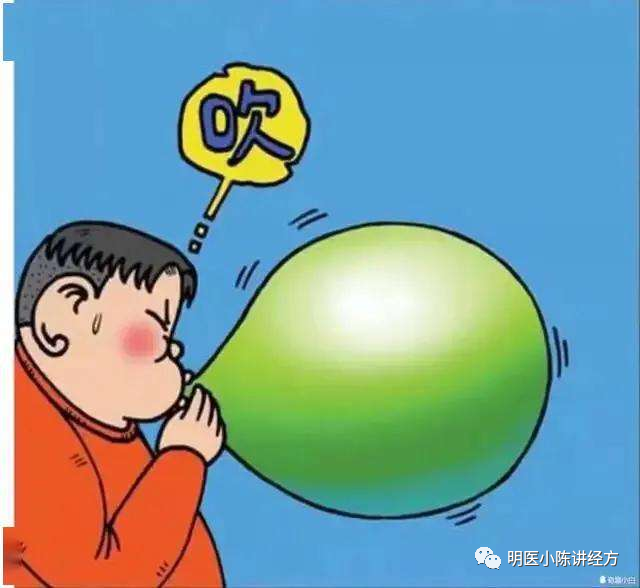

So, what does the slippery pulse indicate?
It indicates either “internal heat” or “heat”, regardless of whether it is superficial or deep, deficient or excess.
Do not be trapped by past fixed ideas; follow this line of thought, and it can be explained, right?
As for how to distinguish between superficial and deep?
——Floating and sinking.
And for deficiency and excess?
——Yes, it’s just about strength or weakness.
Isn’t this a complete differentiation of the eight principles?
Floating–Superficial Sinking–Deep
String-like–Cold Slippery–Heat
Strong–Excess Weak–Deficient
Left hand–Yin Right hand–Yang
All set.
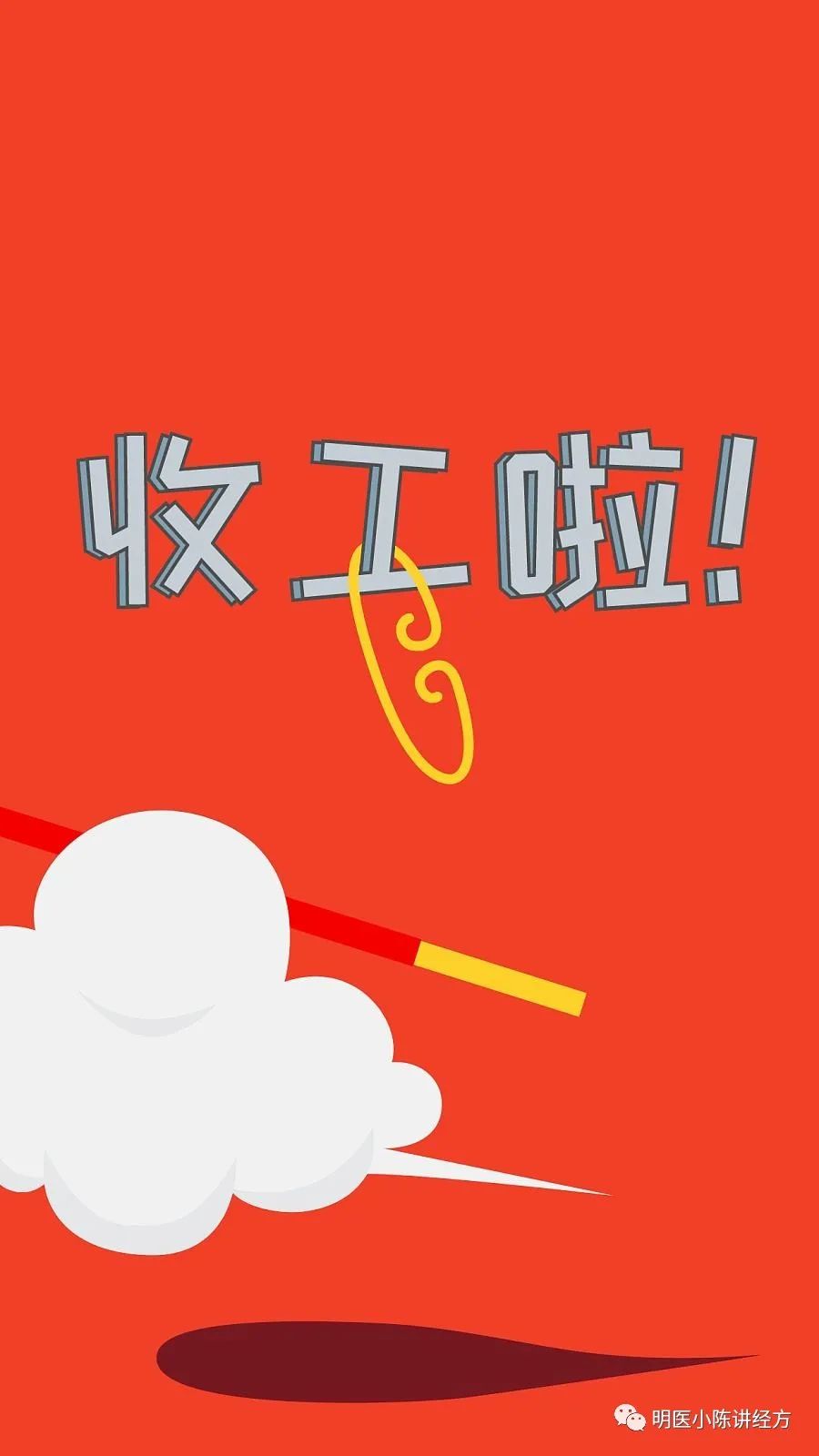
Both the video account and the small shop have been opened; everyone is welcome to scan the code to follow.

More clinical practice, more experience!
Easy to learn and understand Practical and effective
Let TCM practitioners comprehend the classics
Let the public understand TCM


